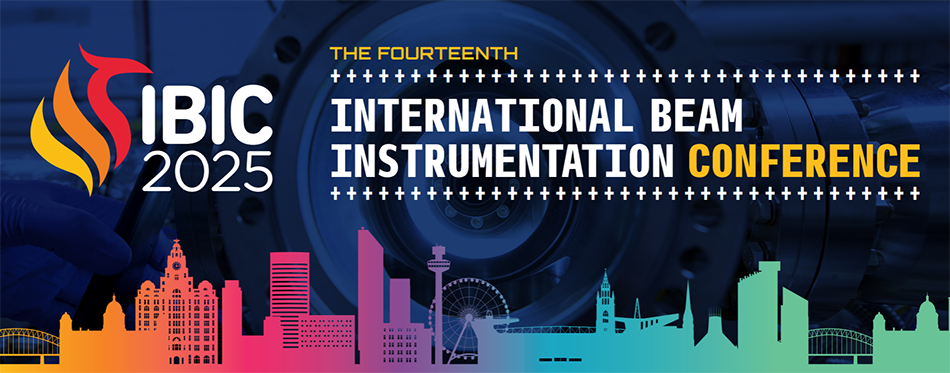Speaker
Description
This study developed and validated a machine learning approach to analyze the correlation between beam position monitor (BPM) measurement data and output laser power in the Hefei Infrared Free-Electron Laser (FEL) facility. Using transverse position, charge, and longitudinal phase information from 280 individual bunches collected by BPM probes upstream of the undulator, we successfully constructed a high-precision predictive model, demonstrating that BPM measurements can effectively predict the output laser power of the infrared FEL.
Based on the trained predictive model, we further deconstructed the neural network architecture to accurately identify key bunches and sensitive parameters that most significantly influence laser power output. This provides a clear and targeted optimization basis for subsequent beam tuning experiments. The data-driven strategy employed in this method significantly reduces the workload associated with traditional experience-based tuning, offering an effective technical means to enhance accelerator operational stability.
| I have read and accept the Conference Policies | Yes |
|---|

